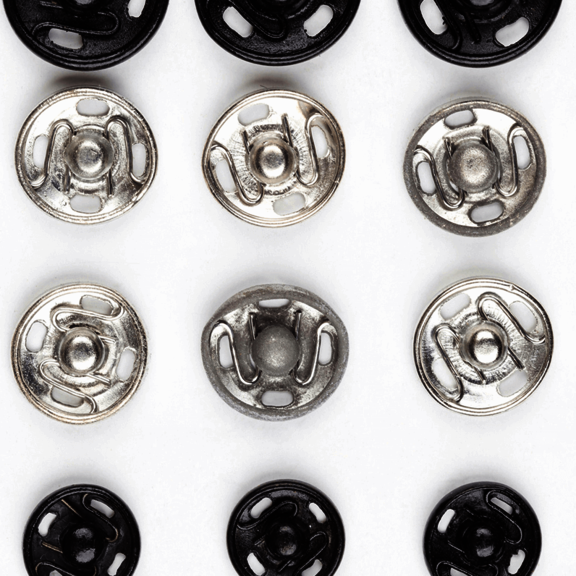In 1922, seven-year-old Marga Faulstich and her family moved from Weimar to Jena. This quite possibly set her on the course of her life: even back then, Jena was a major location for the glass industry. Marga graduated from high school and began an apprenticeship at the Schott glassworks in 1935. Here, she worked on the development of thin films – and quickly climbed the career ladder: from assistant to lab technician, to scientific assistant, and finally to scientist. She was not able, however, to complete her chemistry studies, which she had started alongside her work in 1942.
Sunglasses pioneer: the lightweight lens Schwerflint 64
After the Second World War, the Western Allies wanted to take advantage of the glassmaking expertise for which Jena was known. They sent 41 specialists and managers from Schott in Jena, which was in the Soviet occupation zone, to the American occupation zone. Marga Faulstich was among them. In Mainz, where the new Schott glassworks had been built, the talented glass researcher was again able to devote herself entirely to developing new optical lenses. These included the lightweight lens Schwerflint 64 (SF 64), probably her most important invention. The special thing about this lens, which was made with titanium, was its narrow rim. The SF 64’s weight was only 60 percent that of a lead lens. A patent was filed in 1972.
While working for the Schott glassworks, Marga Faulstich was involved in the development of more than 300 types of optical glass and lenses, and over 40 patents bear her name.
(Image: Pexels – pixabay.com)



